

TextFX is an innovative tool designed to bolster the creative process of writers. Offering a range of features, TextFX serves as an invaluable aid in unleashing the full potential of one's writing capabilities. With its user-friendly interface and comprehensive toolkit, this software empowers writers to seamlessly navigate through the intricacies of their craft. By providing a platform that facilitates brainstorming, organizing ideas, and refining written content, TextFX revolutionizes the way writers approach their work. By incorporating this powerful tool into their arsenal, writers can elevate their creativity and produce captivating pieces that captivate readers.
Logoscapes is an innovative tool that has revolutionized the way logos are created. This intuitive and user-friendly platform enables businesses to design unique and memorable logos, without requiring any prior design experience. With Logoscapes, users have access to a vast library of icons, images, and fonts, which can be customized to their specific needs. The tool offers a range of design options, such as color palettes and layout templates, that make logo creation an effortless process. Whether you’re starting a new business or looking to rebrand, Logoscapes is the go-to tool for creating stunning logos that capture your brand’s essence.
Datagen is an innovative AI tool that facilitates the creation of synthetic image datasets for computer vision applications. It offers users the ability to design custom datasets that are tailored to their specific requirements, allowing for precise control over the content. With the help of Datagen, researchers and developers can generate high-quality synthetic images for training machine learning models in a variety of domains, including object detection, segmentation, classification, and more. This cutting-edge tool enables users to save time and resources by eliminating the need for manual data collection and annotation, making it an essential tool for anyone involved in computer vision research or development.
Hotpot Art Generator is a simple yet powerful AI-based art generator that allows users to create stunning artworks effortlessly. It is a free tool that uses advanced algorithms to generate unique and creative art pieces based on the preferences of the users. With its user-friendly interface, users can easily select the desired style, color palette, and other parameters to produce an artwork in just a few clicks. This innovative art generation tool is perfect for artists, designers, and anyone who loves exploring their creativity in new ways. The Hotpot Art Generator is a game-changer in the world of digital art and design, providing endless possibilities for creating unique and beautiful works of art.
Roll Art Die is an innovative new way of creating artworks on Apple Silicon devices. By using only text, you can generate AI-powered artworks that bring your dreams to life. With no need for a cloud subscription, you can access a wide range of features and tools to make your own unique artworks. From basic illustrations to realistic landscapes, you can design whatever you can imagine.
Adobe Photoshop is one of the most popular photo editing software applications in the world. With Flying Dog's addition of DALLE 2 and Stable Diffusion, Adobe Photoshop now gets a host of exciting features like Text to Image, Image to Image, Inpainting, Outpainting and a powerful workflow to preview and adjust images. This will allow users to create stunning graphical images with much more efficiency.
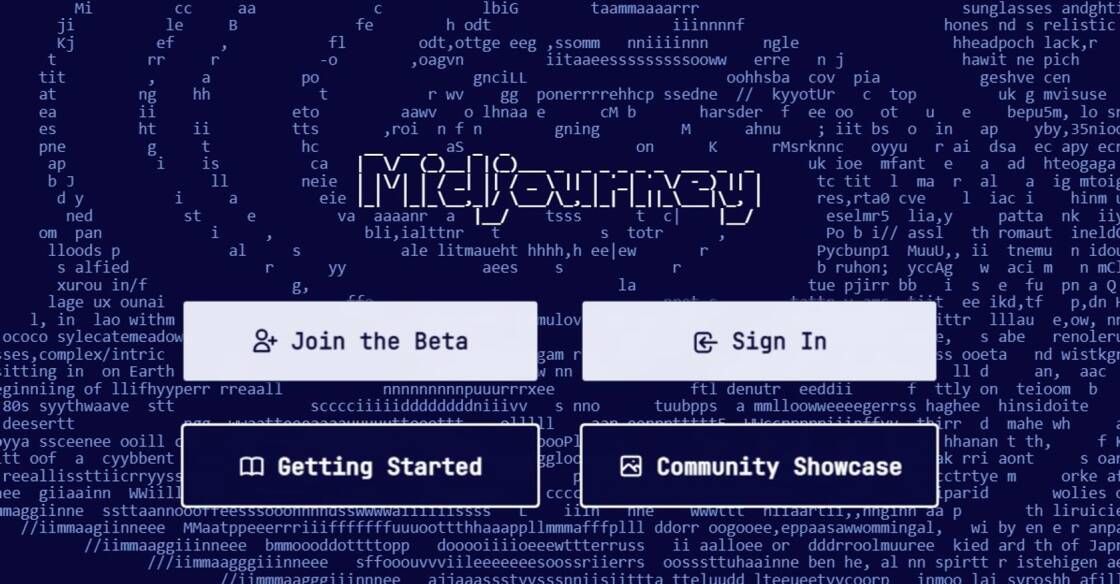
Midjourney
AI art generator based on Stable Diffusion. Their website describes them as "an independent research lab exploring new mediums of thought and expanding the imaginative powers of the human species."

QuickBooks
QuickBooks®: Official Site | Smart Tools. Better Business.
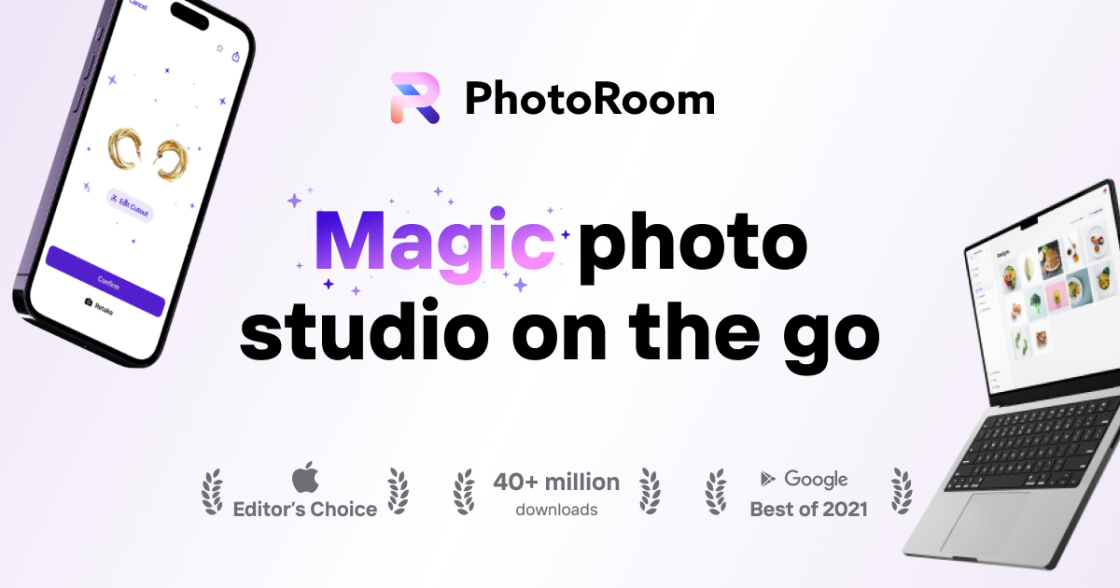
PhotoRoom
PhotoRoom - Remove Background and Create Product Pictures
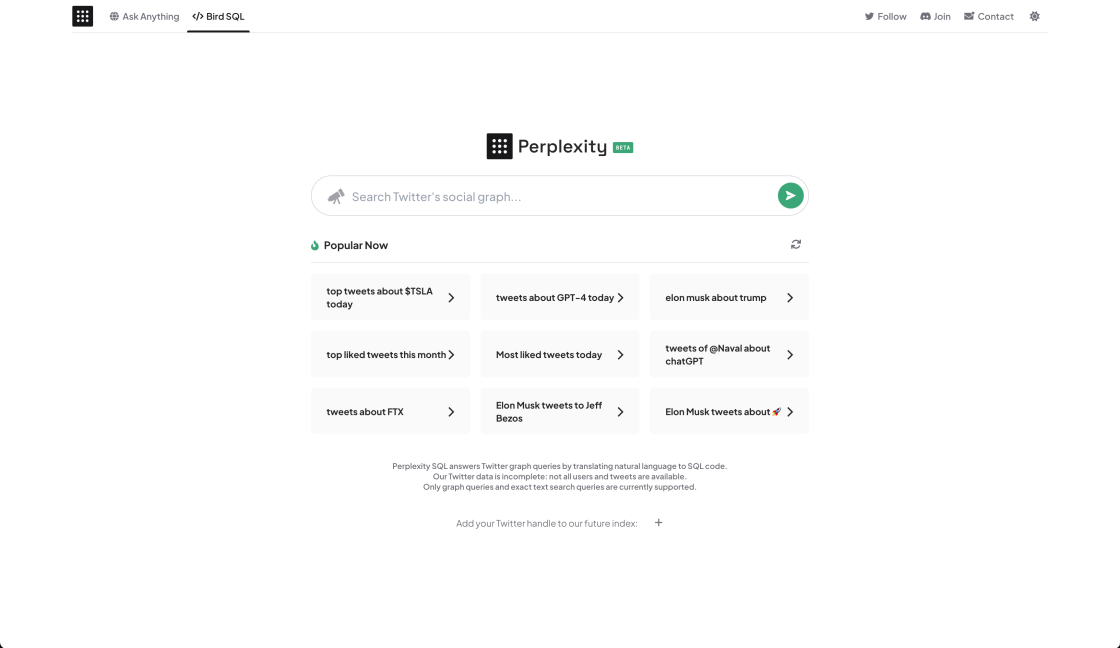
Perplexity AI: Bird SQL
A Twitter search interface that is powered by Perplexity’s structured search engine

WatermarkRemover.io
Watermark Remover - Remove Watermarks Online from Images for Free
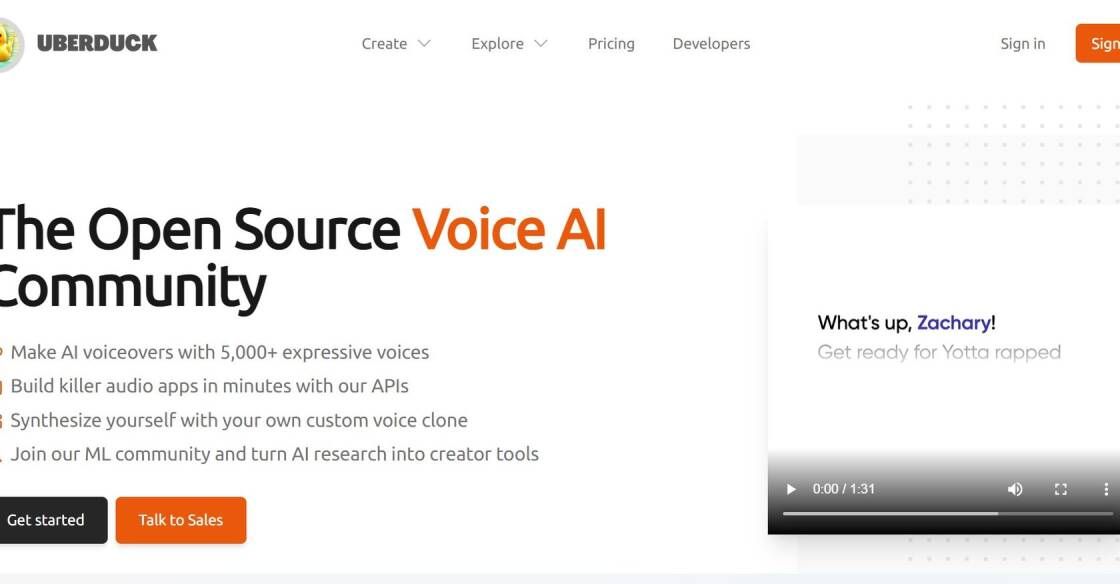
Uberduck
Uberduck | Text-to-speech, voice automation, synthetic media
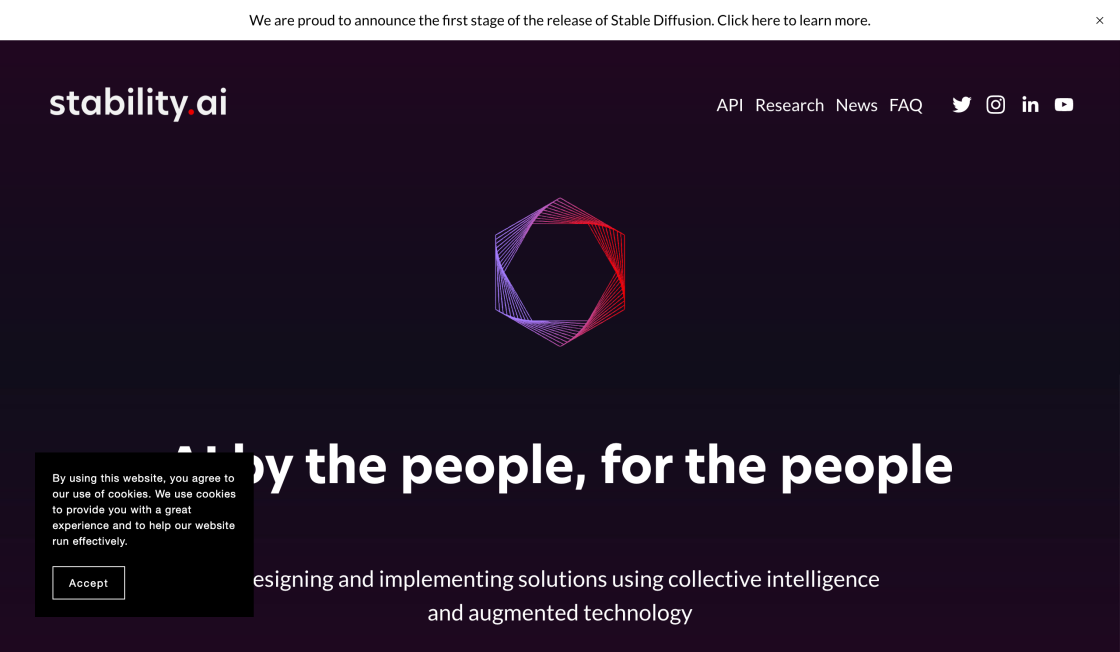
Stability AI
AI for Humanity
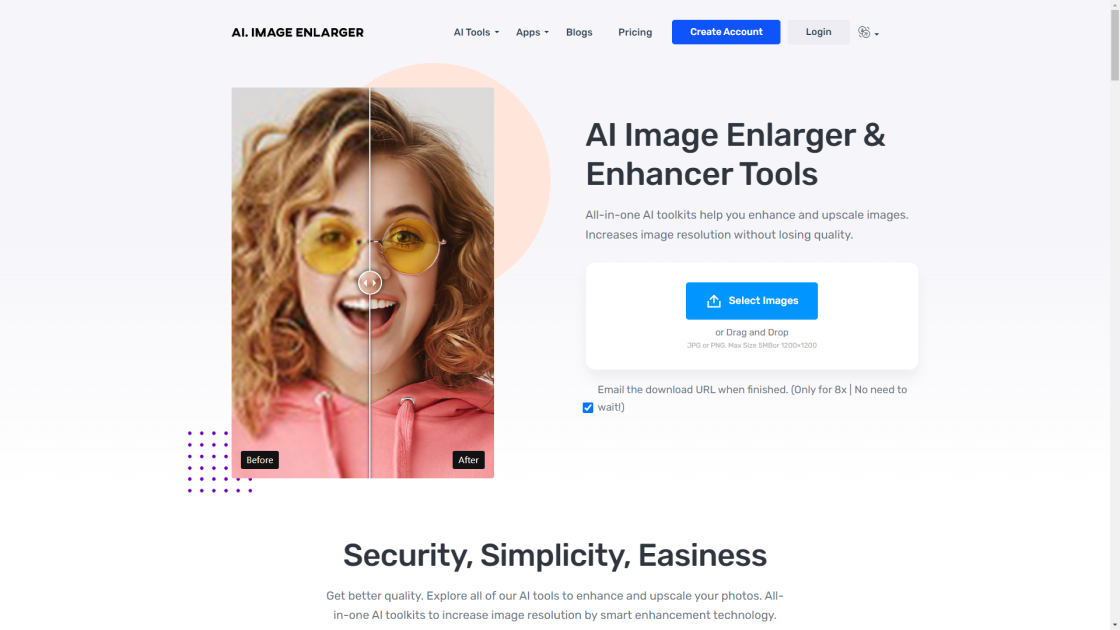
AI Image Enlarger
AI Image Enlarger | Enlarge Image Without Losing Quality!
Image recognition is an advanced technology that has revolutionized the world of computing. It involves the identification and analysis of images to provide valuable insights and information. One of the pioneers in this field is Google, which has introduced its image recognition service to make it easier for businesses and individuals to identify and analyze images. The web service from Google provides powerful image recognition capabilities that can detect objects, landmarks, and even people within an image. This service uses machine learning algorithms to analyze images based on their content and provide accurate results in real-time. With the growing importance of visual data in today's world, image recognition services have become an essential tool for businesses to gain insights and improve decision-making. By leveraging Google's image recognition service, companies can automate their image analysis processes, reduce manual effort, and gain valuable insights into consumer behavior. In this article, we will explore the features and benefits of Google's image recognition service and how it can help businesses in various industries.
Google's Image Recognition web service provides image recognition services, allowing users to identify objects in images.
Google's image recognition technology is very accurate and can recognize objects with a high degree of precision.
Google's Image Recognition web service can recognize a wide range of images, including photos, illustrations, and even 3D models.
Yes, Google's Image Recognition web service can be integrated with other applications using APIs.
Google's Image Recognition web service uses machine learning algorithms to analyze images and identify the objects within them.
Yes, there is a limit to the number of images that can be processed using Google's Image Recognition web service. However, this limit can be increased by paying for additional processing capacity.
Some use cases for Google's Image Recognition web service include identifying objects in product images for e-commerce websites, analyzing social media images for marketing insights, and detecting inappropriate content in user-generated content.
Yes, Google's Image Recognition web service can be used for facial recognition, although this functionality is not available to the public due to privacy concerns.
The cost of using Google's Image Recognition web service depends on the amount of processing capacity needed. However, there is a free tier available for users with lower processing needs.
Yes, Google's Image Recognition web service is available in most countries, although there may be restrictions on certain features due to local laws and regulations.
| Competitor | Difference |
|---|---|
| Amazon Rekognition | Supports both image and video recognition, facial analysis, and celebrity recognition. |
| Microsoft Azure Computer Vision | Provides more advanced features like OCR, handwriting recognition, and object detection. |
| IBM Watson Visual Recognition | Offers customization options for training a model tailored to specific use cases and industries. |
| Clarifai | Emphasizes on using deep learning algorithms to improve accuracy and supports custom training models. |
| CloudSight | Offers real-time image recognition and allows users to search for similar images online. |
Image recognition is a web service provided by Google that offers advanced image recognition and analysis capabilities. This service can be used to identify objects, landmarks, people, and other features in images.
The service uses machine learning algorithms to analyze the visual content of an image and provide accurate results. It can detect and recognize various objects, including animals, plants, buildings, vehicles, and more. It can also identify popular landmarks and famous locations worldwide.
Google's image recognition service is designed to be easy to use, with simple APIs that developers can integrate into their applications. It supports various programming languages, making it accessible to a broad range of developers.
One of the key benefits of image recognition is that it can help businesses and organizations automate various processes. For example, retailers can use the service to automatically categorize and tag product images, which can save time and improve accuracy. Similarly, healthcare providers can use image recognition to identify medical conditions from images, improving patient outcomes.
Another significant advantage of image recognition is that it can be used to enhance user experiences. Online marketplaces, for instance, can use image recognition to suggest similar products to customers based on the items they've searched for or purchased. Social media platforms can also use image recognition to automatically tag people in photos, improving the user experience.
In conclusion, Google's image recognition service is a powerful tool that provides advanced image recognition and analysis capabilities. It can be used to automate processes, improve accuracy, and enhance user experiences across a broad range of industries. Developers can take advantage of the service's simple APIs to integrate it into their applications and provide added value to their users.
TOP